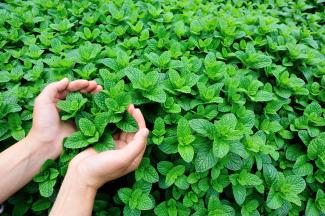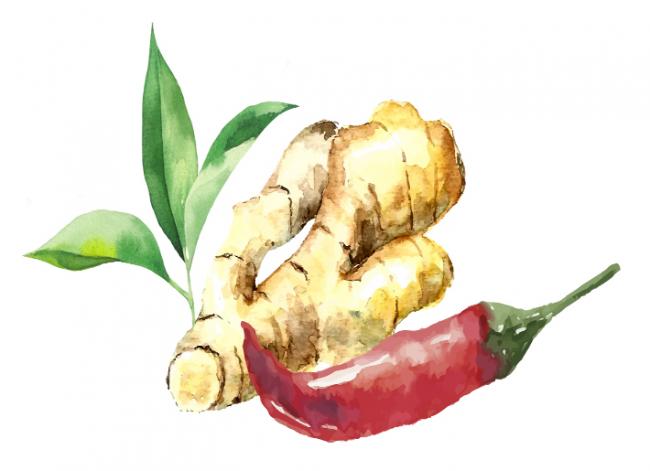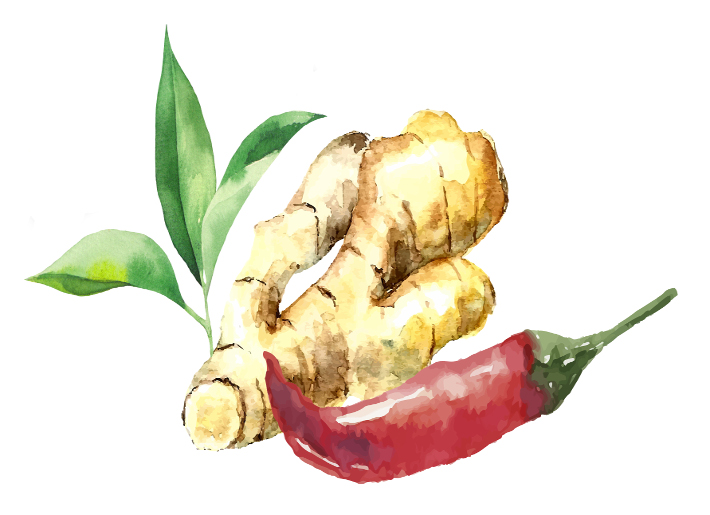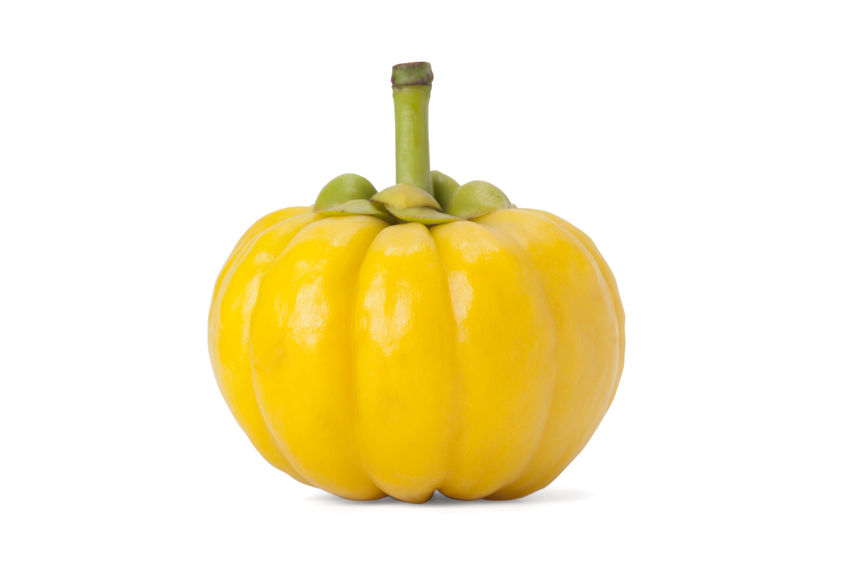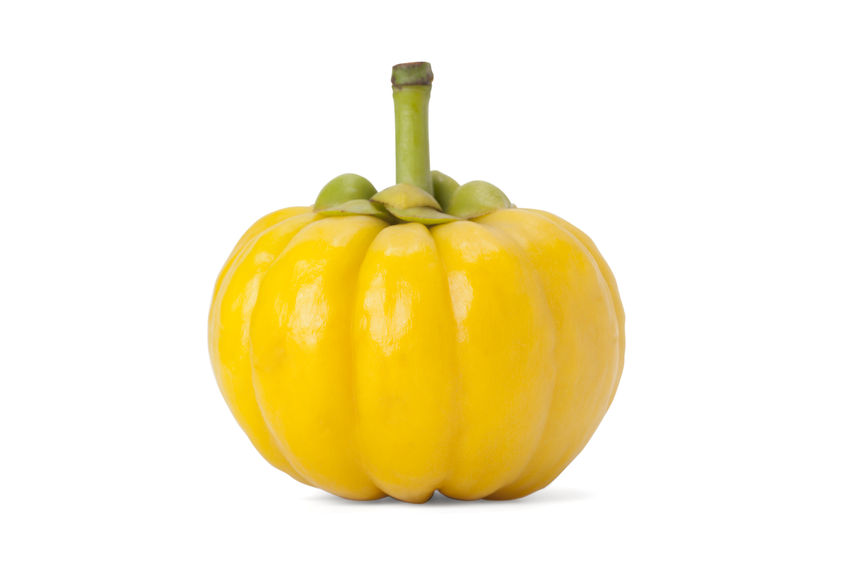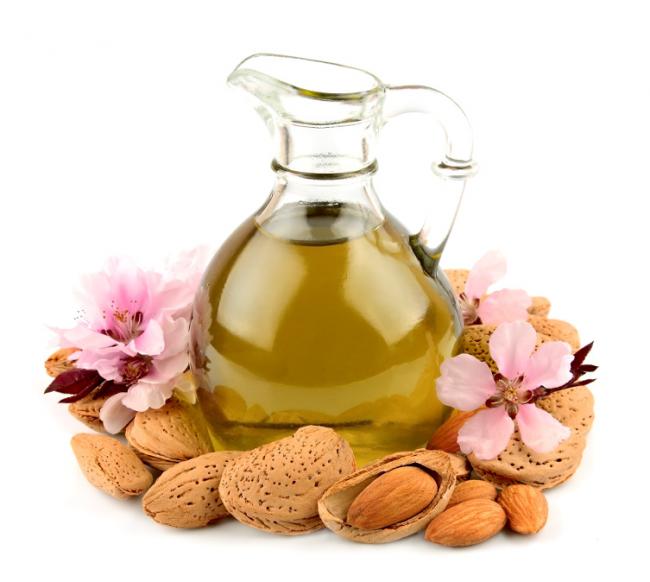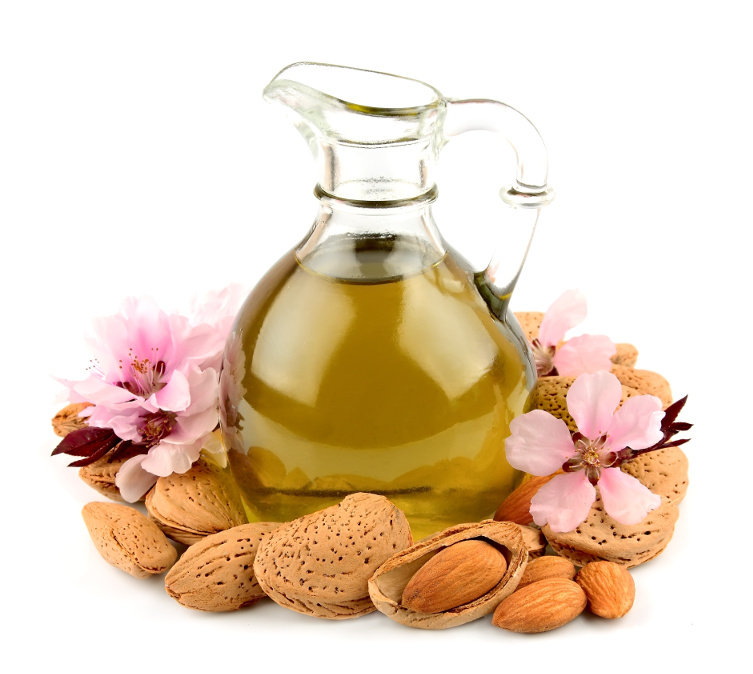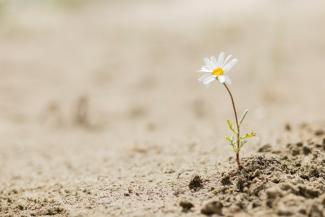Five Herbs to Start Your Own Medicinal Garden - Herbal Essentials
Botanical medicine, or the study and use of plants as medicine, is one of my favourite healing modalities as a Naturopathic Doctor. I especially love using plants that are widely available and that people are familiar with. I find that knowing and feeling connected with and excited about any medicine I am taking seems to make it that much more effective. One of my favorite ways to get to know and connect with healing plants is by planting them and helping them grow. Many of the plants that I commonly use in practice are actually quite easy to grow and some of them are native to North America and can even be found on a local forest walk. Below you will find the top 5 plants in my medicinal garden based on their medicinal uses and relative ease of maintenance and care.
MINT
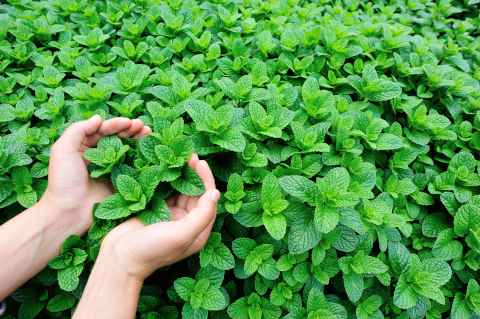
While mint is not native to North America, wild mint can usually be spotted if you spend enough time in the forest, especially where soil is moist. This speaks to how easy it is for mint to grow in abundance. It even comes back every spring after disappearing for the winter. Because of its hardiness and abundant growth, this is one you may want to plant in a pot or container to keep it from spreading and taking over your garden. With all if its handy uses though, too much mint might not be such a bad thing.
There are two types or species of mint that I commonly use in my practice: peppermint (Menthapiperita) and Spearmint (Menthaspicata). I will often use peppermint for digestive concerns. One of my favourite ways to use it is as a tea. It’s especially great for bloating and constipation, plus has a refreshing, cooling taste that most people enjoy. This cooling aspect of peppermint also makes it good for soothing inflammation. I use spearmint more for its role in hormone regulation, especially in women. It has actually been shown to have anti-androgenic effects in women with PCOS(1), meaning it can help to decrease testosterone levels that may be causing issues such as unwanted hair growth or acne.
OREGANO
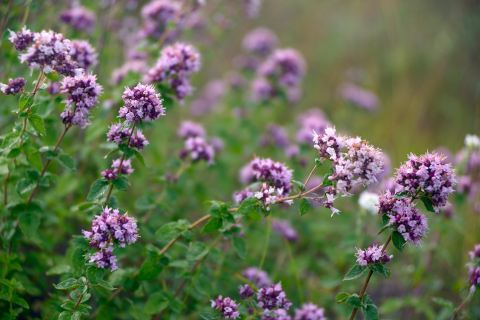
This is another one that is easy to grow. It also happens to be in the same family as mint. While oregano is great to have on hand for cooking since it adds delicious flavour (especially in tomato sauce!) and nutrients to your meal, I most often use this one in practice as an essential oil. Oil of oregano is traditionally used for its antimicrobial effects and it appears that the phenolic compound Carvacrol found in oregano is a key contributor to these effects(2). In the clinic, I have seen it work well taken orally to help clear viral infections like colds and flus as well as topically on the skin to help clear fungal infections like athlete’s foot or even viral infections like planter’s warts. I usually combine it with other antimicrobial herbs like garlic for optimal efficacy.
MARIGOLD

Careful on this one! There are actually two different plants that both have the same common name, Marigold. They are: French Marigold (Tagetespatula) and Pot Marigold (Calendula officinalis). Both produce beautiful, bright, cheery flowers and have their own benefits but the one I will be talking about here is Calendula officinalis.
I often use Calendula for skin concerns. It is quite effective at helping to heal broken or damaged skin, making it a great herb for sunburns in the summer or dry skin in the winter. I love making oil infusions and skin salves with this little healing flower. Don’t just take my word for it though, there is research to show Calendula’s efficacy in wound healing. It has been studied in the treatment of skin conditions from diaper rash to palliative care and cancer treatment (3,4,5).
One of Calendula’s lesser known uses is in treating inflammation in the gastrointestinal tract. I will often prescribe it topically as an oil or cream for hemorrhoids or even as a tea or in a soup for inflammatory bowel diseases such as ulcerative colitis. Calendula is, however, a member of the Asteraceae plant family. This plant family tends to be a common allergy, especially for people who suffer from seasonal allergies. If you are one of these people who is allergic to plants in this family, you likely want to avoid using Calendula. Other common plants in this family include daisies, dandelions, sunflowers, chamomile, etc.
CATNIP
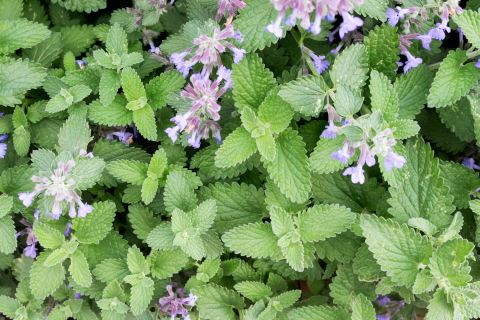
You’ve likely seen the effect that catnip has on cats but did you know it actually has a calming effect on humans? I love cats so if I’m being completely honest, part of the reason I planted catnip in my garden was to attract all the neighborhood cats. Really though, catnip is quite useful. As a tea or tincture, it has calming effects, making it great for soothing anxiety or helping with sleep. It can also be used to repel unwanted insects all summer. As an essential oil, it may even be more effective at repelling mosquitos than DEET and even seems to repel cockroaches (6)! Who wouldn’t want catnip around?
ECHINACEA
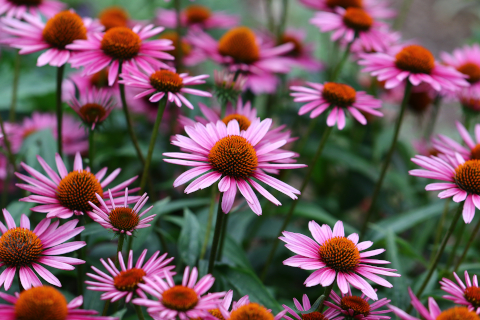
Here’s one of those native herbs I was telling you about. Echinacea (Echinacea purpurea) is a distinct purple flower that can be found in warm, sunny spots throughout the summer and is a beautiful accent to any garden in my opinion. You may have even seen it in gardens paired next to its yellow look-a-like, the Black Eyed Susan (Rudbeckiahirta). Both are favourites of butterflies and bees so are definitely great herbs to have around. In practice, I use Echinacea to help support the immune system, especially going into cold and flu season. I have patients who swear by using Echinacea as soon as they start to feel a cold coming on. There is also some research to show that Echinacea can actually be helpful in alleviating symptoms of the common cold and shortening the duration (7). A plant that can help shorten cold and make it less troublesome than usual? Definitely one that I want in my garden!
Echinacea has also been investigated for its role in other immune related ailments such as the flu, eczema, HIV, herpes, and cancer. Careful if you have seasonal allergies though! Remember that Asteracea family we talked about earlier? Echinacea is also a member of that family so avoid it if you do have allergies. In practice, I most often use Echinacea for boosting the immune system as a tea or as a tincture (alcohol extract). I also often combine it with other herbs that help support the immune system such as licorice (Glycerrhizaglabra) or Elder (Sambucusnigra).
And there you have it, five great herbs to start off your garden! What are your favourite herbs to plant in the garden?
You may have noticed a couple of different ways of using herbs throughout the article. Herbs can be used in so many ways: teas, tinctures, oil infusions, essential oils, herb baths, even in cooking! How they are used as well as what part of the plant is used depends on the plant as well as what you want to use it for.
It is always best to consult a Naturopathic Doctor or other professional who understands botanical medicine before using any botanical medicine not only for efficacy but also for safety. We talked about allergies but some plants may also have poisonous parts or may interact with certain medications.
REFERENCES
(1) Grant, Paul. “Spearmint Herbal Tea Has Significant Anti-Androgen Effects in Polycystic Ovarian Syndrome. a Randomized Controlled Trial.” Phytotherapy Research, 2009, doi:10.1002/ptr.2900.
(2) Sakkas, Hercules, and ChrissanthyPapadopoulou. “Antimicrobial Activity of Basil, Oregano, and Thyme Essential Oils.” Journal of Microbiology and Biotechnology, vol. 27, no. 3, 2017, pp. 429–438., doi:10.4014/jmb.1608.08024.
(3) Carvalho, Alexsander R., et al. “Use of Some Asteraceae Plants for the Treatment of Wounds: From Ethnopharmacological Studies to Scientific Evidences.” Frontiers in Pharmacology, vol. 9, 2018, doi:10.3389/fphar.2018.00784.
(4) Sharifi-Heris, Zahra, et al. “Comparison the Effects of Topical Application of Olive and Calendula Ointments on Children's Diaper Dermatitis: A Triple-Blind Randomized Clinical Trial.” Dermatologic Therapy, vol. 31, no. 6, 2018, doi:10.1111/dth.12731.
(5) Cruceriu, Daniel, et al. “Calendula Officinalis: Potential Roles in Cancer Treatment and Palliative Care.” Integrative Cancer Therapies, vol. 17, no. 4, 2018, pp. 1068–1078., doi:10.1177/1534735418803766.
(6) American Chemical Society. "Catnip Repels Mosquitoes More Effectively Than DEET." ScienceDaily. ScienceDaily, 28 August 2001. <www.sciencedaily.com/releases/2001/08/010828075659.htm>.
(7) Schulten B, Bulitta M, Ballering-Bruhl B, Koster U, Schafer M. Efficacy of Echinacea purpurea in patients with a common cold. A placebo-controlled, randomised, double-blind clinical trial. Arzneimittelforschung. 2001;51(7):563–8.


